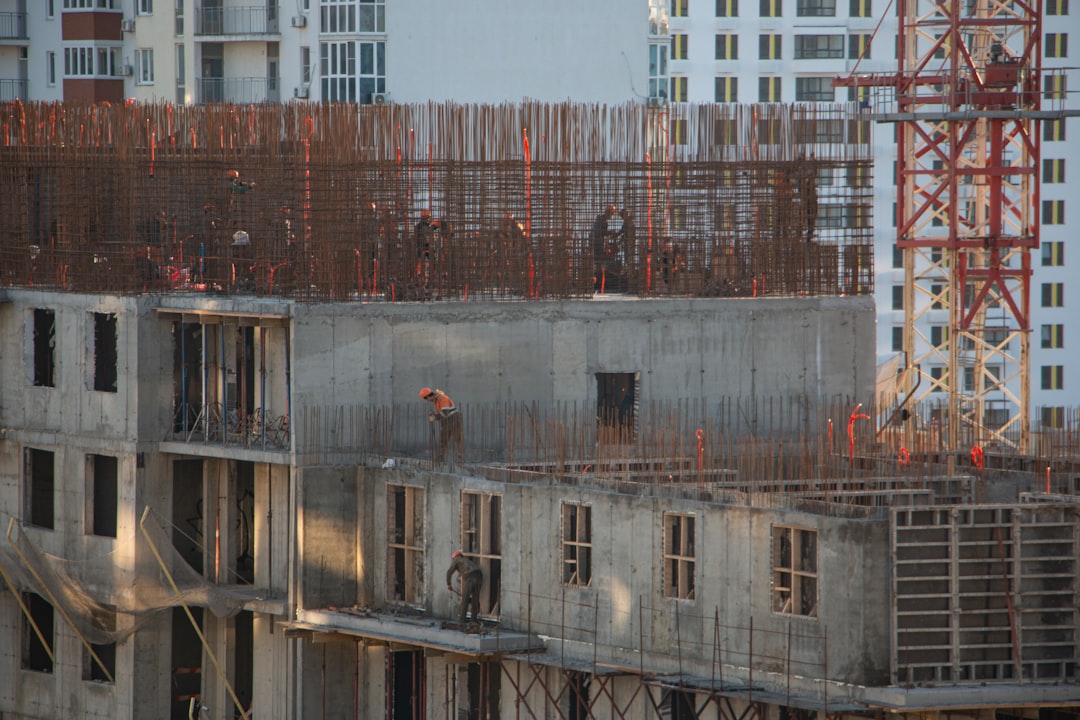
When homeowners ask “how much should plastering cost?”, the answer is rarely a flat number. Every wall, ceiling, and room tells a different story. At CountBricks, our AI-driven estimating platform captures that story in real time—materials, labor, and local market pricing—so you know exactly what to budget before the first trowel touches the wall.
Plastering is more than spreading mud on drywall. A professional plaster finish usually includes surface prep, bonding agents, base coats, finish coats, and controlled curing. Each step affects price, durability, and the look you enjoy for decades.
• Surface condition and accessibility
• Type of plaster mix (gypsum, lime, veneer, specialty acoustical blends)
• Finish texture (smooth, skip trowel, Venetian, custom patterns)
• Square footage and height of walls or ceilings
• Required repairs to existing substrate
• Local labor rates in your ZIP code
• Project timeline—standard scheduling vs. accelerated turnaround
CountBricks cost data shows that Kentucky homeowners typically invest between $2.25 and $4.75 per square foot for standard skim-coat plaster. Historic restoration or high-end decorative finishes can reach $7.00–$12.00 per square foot. These figures include labor, materials, surface prep, and light site protection.
1. Labor: 50-65% of total cost. Skilled plasterers average 25–35 square feet per hour on smooth surfaces.
2. Materials: 20-30%. Gypsum plaster bags, bonding primer, mesh tape, fasteners, and joint compound.
3. Equipment and sundries: 5-10%. Trowels, hawks, corner beads, ladders or scaffold rentals.
4. Overhead, mobilization, and cleanup: 10-15%.
Voice-to-Estimate Capture
While you walk your project, speak naturally and call out dimensions or concerns. The CountBricks mobile app converts that conversation into itemized line entries.
Real-Time Market Pricing
Our database monitors supplier feeds and local labor indices daily, so your estimate reflects this morning’s rate, not last year’s price book.
AI Blueprint Takeoffs
Upload PDFs or photos of hand-drawn plans. CountBricks auto-detects wall areas, openings, and ceiling heights to ensure no square foot is missed.
• Single Accent Wall, Smooth Finish (120 sq ft): $300–$450 total.
• Full Master Bedroom, Skip-Trowel (400 sq ft): $1,050–$1,700 total.
• Whole-House Renovation, Mixed Textures (2,500 sq ft): $7,000–$12,000 total.
Each range reflects CountBricks price intelligence for residential projects in mid-size U.S. markets. Use our instant calculator at CountBricks.com/services to refine these numbers to your address.
• Furniture protection or temporary relocation
• High-ceiling scaffolding setup
• HVAC filter replacement after sanding
• Primer and paint following plaster cure time
• Permit fees for historic districts
• Bundle rooms: Mobilizing once for three rooms reduces contractor overhead.
• Standardize finishes: Switching from Venetian to smooth can cut material costs by 20%.
• Schedule during slow seasons: Winter rates often dip 5-10%.
• Use CountBricks progress invoicing to pay only for completed milestones, minimizing change-order surprises.
Even experienced DIYers struggle to achieve uniform sheen and crack resistance. Professional crews carry specialty hawks, power mixers, and years of muscle memory. CountBricks recommends hiring a licensed plasterer for any area larger than 50 sq ft or ceilings higher than 9 ft.
How long does plastering take?
Most bedrooms finish in two days: one for base and one for finish coat. Add a third day for drying in humid climates.
Can I plaster over painted drywall?
Yes, but surfaces must be de-glossed and primed with a bonding agent, adding about $0.35 per sq ft.
Does plaster outlast drywall mud?
A well-cured plaster wall resists dings and moisture far better than joint-compound skim coats, making it ideal for busy households.
Ready to pin down exactly how much your plastering should cost? Start a live voice walkthrough on the CountBricks app, or request a blueprint upload at CountBricks.com/consultation. Our AI will deliver a detailed estimate and optional quote document you can share with trusted contractors within minutes.
• Residential plastering costs depend on surface prep, finish type, and labor rates.
• Standard skim coats range from $2.25–$4.75 per sq ft.
• CountBricks provides real-time, location-specific numbers and eliminates guesswork.
• Use bundled rooms, standardized textures, and off-season scheduling to save.
• Begin your accurate estimate today at CountBricks.com.

When the Lawson family purchased a 1920s Craftsman bungalow, sagging lath and flaking horse-hair plaster greeted them in every room. Traditional contractors quoted between $18,000 and $22,000 to gut and replaster 2,800 square feet. By leveraging CountBricks, they trimmed the final invoice to $15,400 without sacrificing authenticity.
1. Voice Walkthrough Efficiency
Homeowner Sam Lawson used the CountBricks app to narrate wall conditions while measuring. The AI flagged 600 sq ft of walls that only needed patch-and-skim rather than full demo, eliminating unnecessary labor.
2. Real-Time Material Substitutions
Our market feed detected a regional oversupply of lime-gypsum hybrid bags, available 12% cheaper that week. The estimator swapped materials instantly, locking in savings before prices rebounded.
3. Bundled Labor Scheduling
CountBricks automated the crew calendar, grouping the bungalow with two nearby projects. The contractor’s mobilization cost dropped, and the Lawson family saved an additional $900.
• Test for lead paint before sanding; remediation adds time and cost.
• Retain original wood lath when possible—its grip on new plaster is superior to modern mesh.
• Ask your contractor to mix smaller batches in humid weather to prevent flash setting.
• Opt for a breathable lime finish in bathrooms to reduce future mold risk.
• Document each stage with photos; CountBricks attaches images to every progress invoice for transparency.
Whether you own a century-old bungalow or a brand-new townhouse, CountBricks puts accurate plastering costs at your fingertips. Upload blueprints, speak your site notes, and receive a shareable estimate engineered for clarity. Visit CountBricks.com/services to experience cost certainty today.